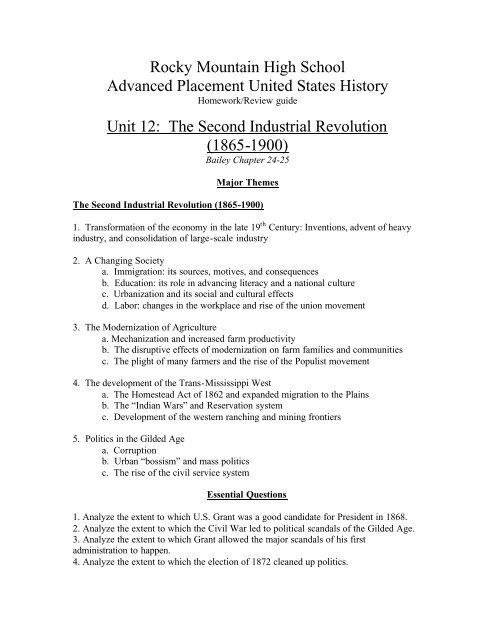

Start-up rates have fallen for young people in particular, dropping to the lowest levels in a quarter-century. This decline in entrepreneurial activity marks a historic turnaround. Only 35 percent of small-business owners, according to a recent survey by the National Small Business Association, express optimism about the economy. Indeed, a 2014 Brookings report ( PDF) revealed that small business “dynamism,” measured by the growth of new firms compared with the closing of older ones, has declined significantly over the past decade, with more firms closing than starting for the first time in a quarter-century. At the same time, small-business startups have declined as a portion of all business growth, from 50 percent in the early ’80s to 35 percent in 2010. The overall revenues of Fortune 500 companies have risen from 58 percent of nominal GDP in 1994 to 73 percent in 2013. Rather than a new age of democratic capitalism imagined by Reagan-era conservatives, we increasingly live in a world dominated by large companies. In the ascendance during the Reagan and Clinton booms, our kulaks-the roughly 10 million businesses with under 500 employees that employ 40 million people-are clearly in secular decline, with grave implications for the economy, employment, and the future of democracy. These professionals, as well as corporate executives, have helped make the Democratic Party, as The New York Times’ Tom Edsall suggests, the “favorites of the rich.” There are other parts of the affluent middle class who are not kulaks but actually beneficiaries of the intrusive state, such as academics, parts of big business and, of course, elite members of the ever-expanding governmental nomenklatura. They tend to be engaged in the private sector, where risk is an everyday concern. Kulaks are not just people with some money and capital. Later, as agriculture’s share of the economy dropped, the “yeoman” farmer gave way to the Main Street business owner, whose conflicts, particularly in the late 19th and early 20th centuries, were more with oligopolistic corporations-notably utilities, oil companies, and railroads-than the government.

In the 19th century, the small farmer epitomized the national ideal: independent, hard-working, frugal and engaged in his community. Yet lately there is nevertheless a powerful trend to limit and largely disempower the country’s small-business community-our kulaks-from a host of antagonists, including the Obama administration, the large financial institutions, and the ever-expanding regulatory apparat. The United States, fortunately, is not the Soviet Union and even the most “transformation”-oriented politician does not-at least yet-have power to create a gulag or openly appropriate the wealth or lives of citizens.
#Big business and labor quizlet free
In 1929 Stalin decided on the “liquidation of the kulaks as a class.” Millions of small, rural entrepreneurs were imprisoned, murdered, or starved to death, until by the end of the ’30s independent business in the Soviet Union was largely eliminated, giving the state free rein. Later on, this drive to eliminate grassroots capitalists-notably the “rich peasants” or kulaks-took on a particularly deadly form. He understood that while larger firms could be manipulated to serve the state, “capitalism begins in the village marketplace.” “Small scale commercial production is, every moment of every day, giving birth spontaneously to capitalism and the bourgeoisie … Wherever there is business and freedom of trade, capitalism appears,” noted the state’s founder, Vladimir Lenin. In many ways, the true enemy was not the large foreign capitalists (some of whom were welcomed from abroad to aid modernization) but the small firm, the independent property owner. From the inception of the Soviet Union, transformation was built, quite consciously, on eliminating those forces that could impede radical change.


 0 kommentar(er)
0 kommentar(er)
